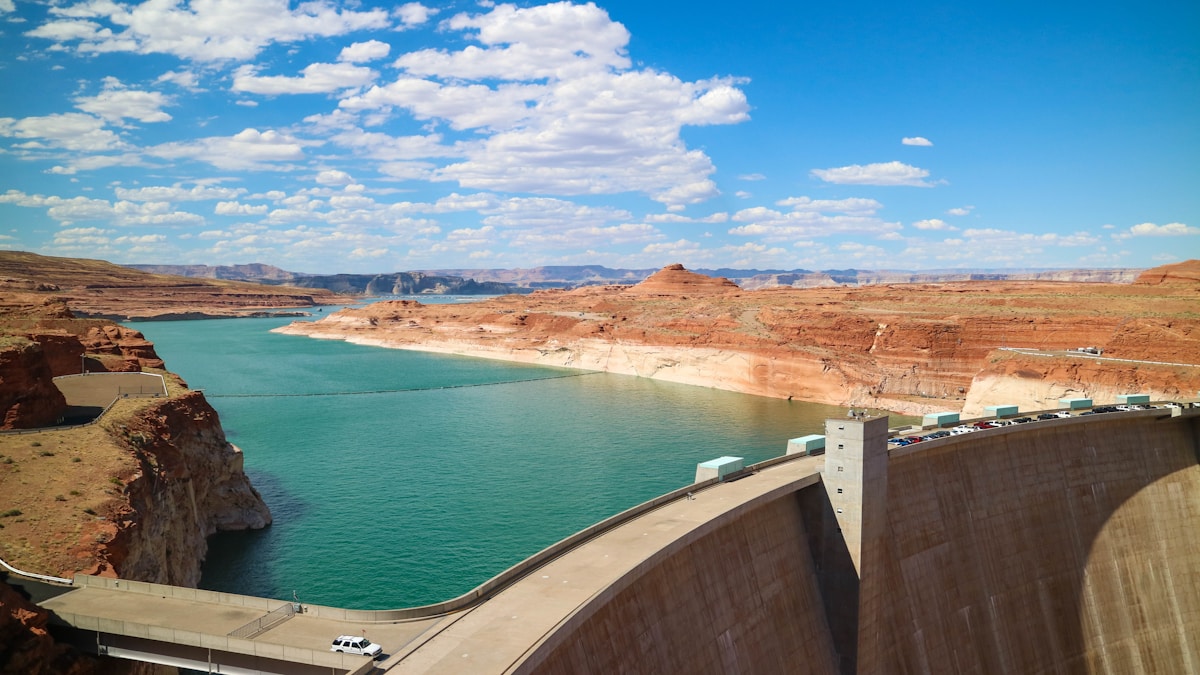Energy Storage

Energy Storage : In recent years, the movement for clean, renewable energy has gained steam and the question of how to store that energy must be addressed.
As the world attempts to limit the amount of carbon dioxide emitted through energy production, we often turn to wind and solar energy as solutions.
However, wind and solar energy have two major pitfalls.
First, these sources of energy are both intermittent.
In other words, the wind isn’t always blowing and the sun isn’t always shining.
The second problem is that there is no inherent way to store these types of energy. Combined, these two issues make it almost impossible to power a grid 24/7.

The energy world has been fixated on finding storage solutions to these intermittent sources of energy.
If we can find a way to store wind energy, we can save that energy when the wind is blowing strongly and use that energy when the wind stops.
Lithium ion batteries have been the primary solution to store solar energy, but currently these batteries are extremely expensive and aren’t market-competitive with fossil fuels.
Consequently, the need for cheap energy storage solutions have caused innovators to get creative.
Take the solution constructed in El Hierro, the smallest of the Canary Islands. Their ingenious system uses potential hydro-energy as a storage method for wind energy.

When winds are blowing at full force, they have enough energy to pump water upstream to a nearby reservoir.
And when the wind stops blowing, they use gravity to let that water flow downstream into a hydro-electric power plant.
In simple terms, this system uses wind energy as a means to recycle hydro-energy.

In July of 2019 alone, 97% of the entire island’s energy consumption was provided by the wind-pumped hydro system.
While El Hierro is a tiny island with just over 11,000 citizens, their solution proves that creative thinking can bypass the two major pitfalls of intermittent energy.
One company is taking inspiration from similar pumped power plants that use gravity and the movement of water to create energy.
Swiss company Energy Vault came up with another innovative solution to store intermittent energy.
Energy Vault uses intermittent energy to stack bricks up in a tower shape.
The taller the tower gets, the more potential energy is stored in each brick. When the energy needs to be used, the crane lowers the bricks, which spins a turbine and creates energy. Simple, imaginary, and genius.
At its peak, the tower stands up to 500 feet tall.
When the bricks are raised, the system pulls energy from the grid – when the bricks are lowered, energy enters the grid.
Because each brick can be moved individually, with multiple pulleys moving bricks simultaneously, the system stores and releases energy exceptionally quickly.
Energy Vault’s tower can increase from 0 to 4 MW in 2.9 seconds.
What makes the system competitive in the market are the bricks themselves. Energy Vault realized that using normal concrete bricks would be far too expensive.
Coincidentally, a Mexican cement manufacturer, CEMEX, has its innovation center headquartered in Switzerland – CEMEX reached out to Energy Vault early in the production process and the two partnered to create the bricks.

CEMEX uses recycled material, such as debris concrete, coal ash, and soil to create the inexpensive, light, and highly durable bricks.
The bricks can be customized to blend into the background behind them or colored to display a company or city logo on the tower.
One of the beauties of the tower system is that the system does not degrade over time. Energy Vault expects each tower to have a thirty-year lifetime. But, does not expect the system to depreciate in functionality even twenty years into usage.
Energy Vault CEO Robert Piconi says the company is satisfied with the current state of the tower system.
The towers are an extremely sustainable product at a competitive price:
“We knew we needed to be around three to four cents levelized cost per kWh ($30 – $40 per MWh) to add to PV or wind in order to be competitive below fossil. This took a lot of innovation.”
Japanese multinational conglomerate SoftBank announced an $110 million investment in Energy Vault.
SoftBank, after garnering media attention in recent months for its role in running WeWork to the ground, looks at Energy Vault as a promising opportunity to become a major player in the sustainable energy world.